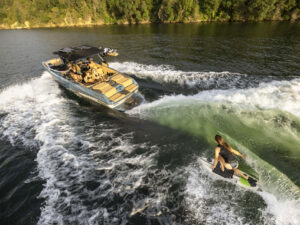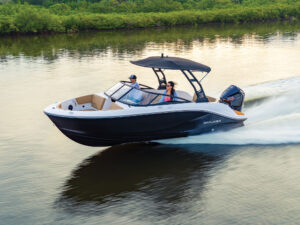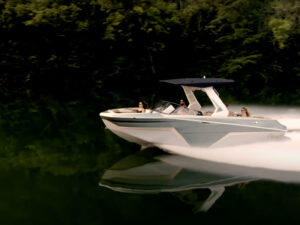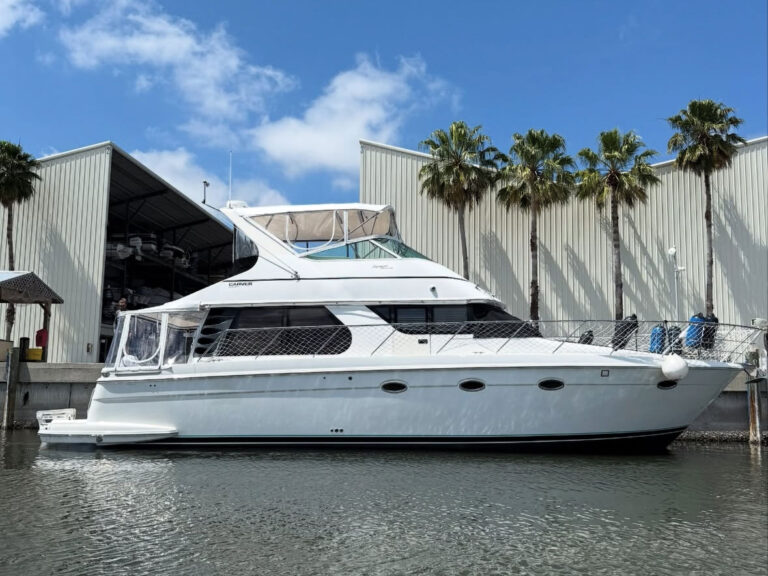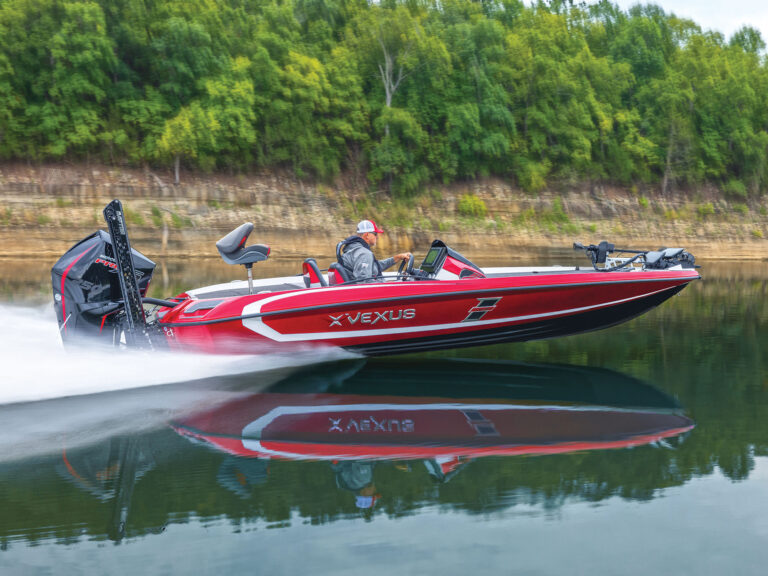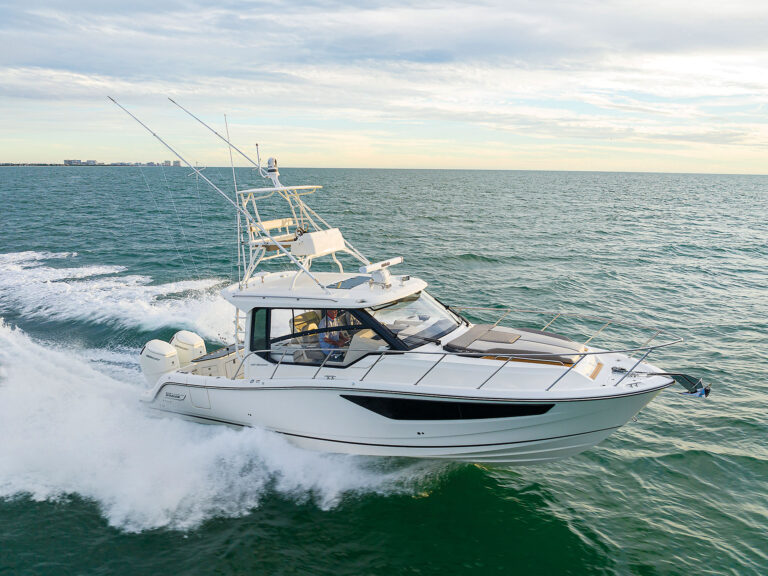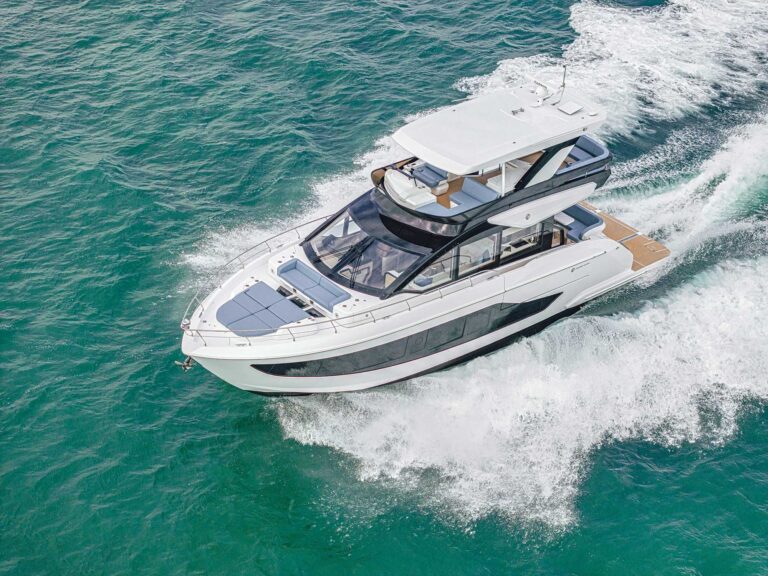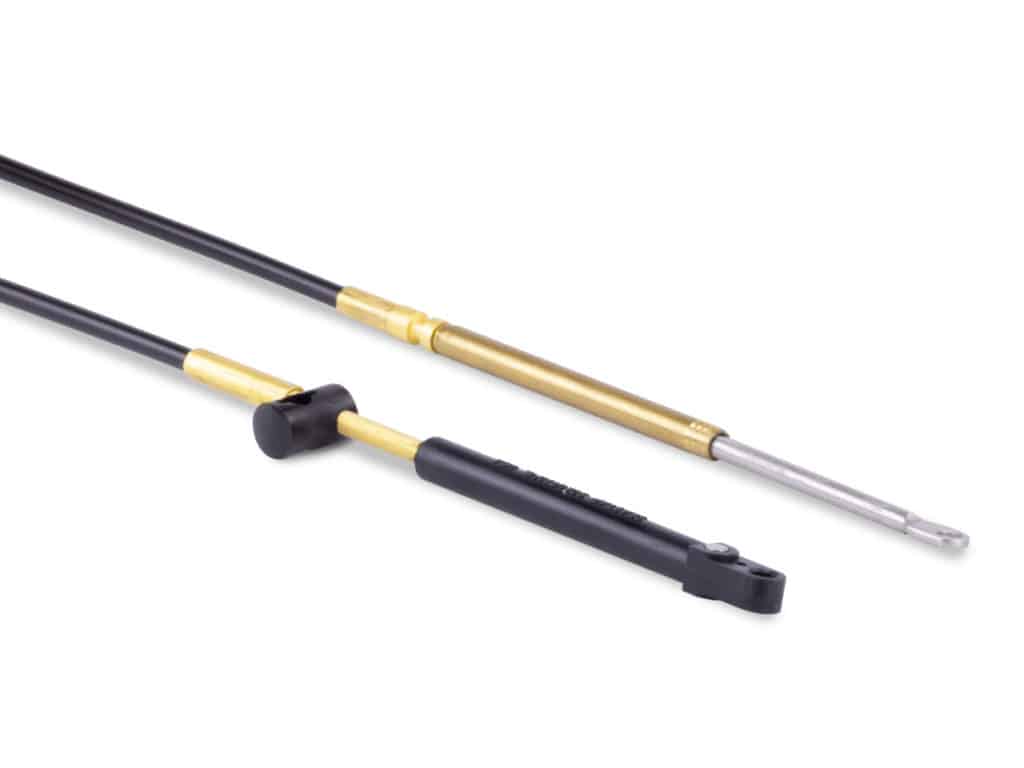
Cable throttle and shift controls still dominate the boating market for outboard, inboard and sterndrive engines. Cables from brands such as Dometic Marine (previously SeaStar) and Uflex provide smooth, reliable service for years, even decades, but they might eventually wear out, corrode or otherwise lose optimal functionality. Here’s what to look for when deciding on replacement throttle and shift cables for your boat.
When to Replace
“The control lever should move smoothly and freely,” says David Wolfe, product and support manager for Dometic Marine, whose cables dominate the US boating market. “Typically, if the movement is stiff, sticky or causes clunking when shifting, it’s time to replace the cable.”
Also, if the lever does not repeat a shift command (such as forward, neutral or reverse) at the same position or angle every time, it often means the cable is wearing out and requires replacement, Wolfe advises.
Rather than replace just the one suspect cable, boaters are advised to replace both the throttle and shift cables at the same time. One faltering cable serves as a signal that the other might not be too far behind.
Regular or Premium
There are two grades of engine control cables: standard and premium versions. Dometic calls its premium series Xtreme, while Uflex calls its the Mach series. Uflex also offers standard cables, but Dometic is gradually phasing out its standard version, which uses a solid metal core. However, you will still find some under the SeaStar brand in retail distribution.
The premium versions are more expensive. In Dometic’s case, the Xtreme cables cost about 15 to 20 percent more than its standard cables, but they feature splined cores. The ridges of the splined core glide back and forth in a lubricated HDPE liner that allows for smoother control than standard cables and without sacrificing precision in shifting and throttle control, Wolfe says.
Performance Bend
Premium cables offer another advantage: the ability to bend more tightly than standard cables. The Xtreme cables, for instance, offer a 4-inch bend radius, while the tightest turn a standard cable can tolerate is 8 inches.
Here’s the upshot: While a premium cable costs more, it will turn tighter corners in the rigging tube, transom and elsewhere than a standard cable can accommodate and still provide optimal throttle and shift performance.
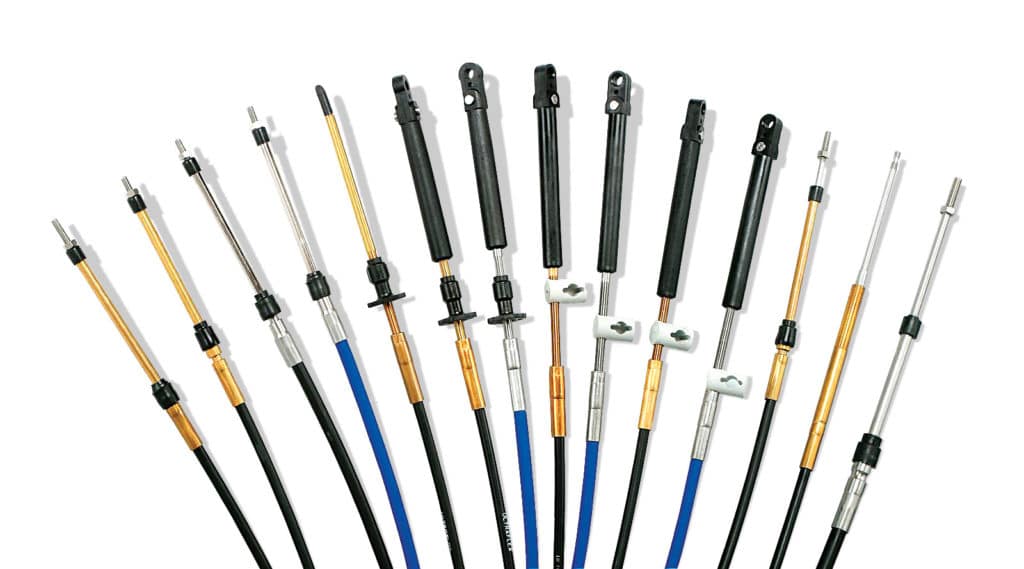
Original vs. Aftermarket
Major marine engine brands such as Honda, Mercury, Suzuki, Volvo Penta and Yamaha offer control cables as original equipment. With this in mind, is it smarter to source cables from the engine brand?
“Almost all marine engine manufacturers use Dometic’s Xtreme series cables,” Wolfe says. So, whether you buy OEM or Xtreme cables, you are getting the same thing.
“Honda, Suzuki, Tohatsu, Volvo and Yamaha use the Xtreme CCX633 style,” he points out. “Mercury and MerCruiser use the CCX179 (Gen1) and CCX189 (Gen II) series. Evinrude and Johnson outboards match up with the CCX205 series.”
Determining Lengths
Cables must be the proper length—long enough to reach from the throttle and shift controls to the engine, but not excessively long. In retrofits, use the same length as the cable you are replacing. The length is normally stamped on the jacket of the cable, usually (but not always) on the helm end. “You can also find the style of the cable stamped in white here,” Wolfe says. If you can’t find the size on the old cable (sometimes these wear off), measure it from tip to tip.
In situations where there are no existing cables, measure from the helm control along an unobstructed path to the connection points at the engine or shift point. Then round up to the nearest foot for ordering the new cable. Aftermarket cables are sold in foot increments up to 30 feet, with longer cables sold in only even-foot increments.
For outboards, throttle and shift cables are the same length, while the throttle and shift cables for inboard and sterndrive system differ in length because one goes to the engine and the other to the transmission or drive.
Route it Right
Routing the cables from the helm control to the motor—or vice versa—might be as simple as taping the ends of the old cables to the new ones and pulling them from one end to the other. If you can’t use the old cables, use a pull cord or an electrician’s fish tape.
Typically, control cables run through a rigging tube belowdecks or along the starboard side of the boat. Once the cables are installed, it’s important to avoid binding them too tightly with zip ties, Wolfe advises. “Keep them loose and avoid binding them together with onboard wires or other cables,” he says. “This will help ensure the smoothest possible shifting and throttle action.”
Outboard Loop
For outboards, Wolfe recommends creating a 4-foot loop in the cables before they connect to the motor. This prevents binding when the outboard turns from side to side and trims up and down. Take this into account when measuring for new cables.
Many of today’s outboards, however, use transom rigging tubes that do not readily allow for a big loop in the cables. In these cases, make sure the rigging tube is long enough to leave a fair amount of slack to accommodate the control cables as the outboard rotates, trims and tilts, Wolfe says.
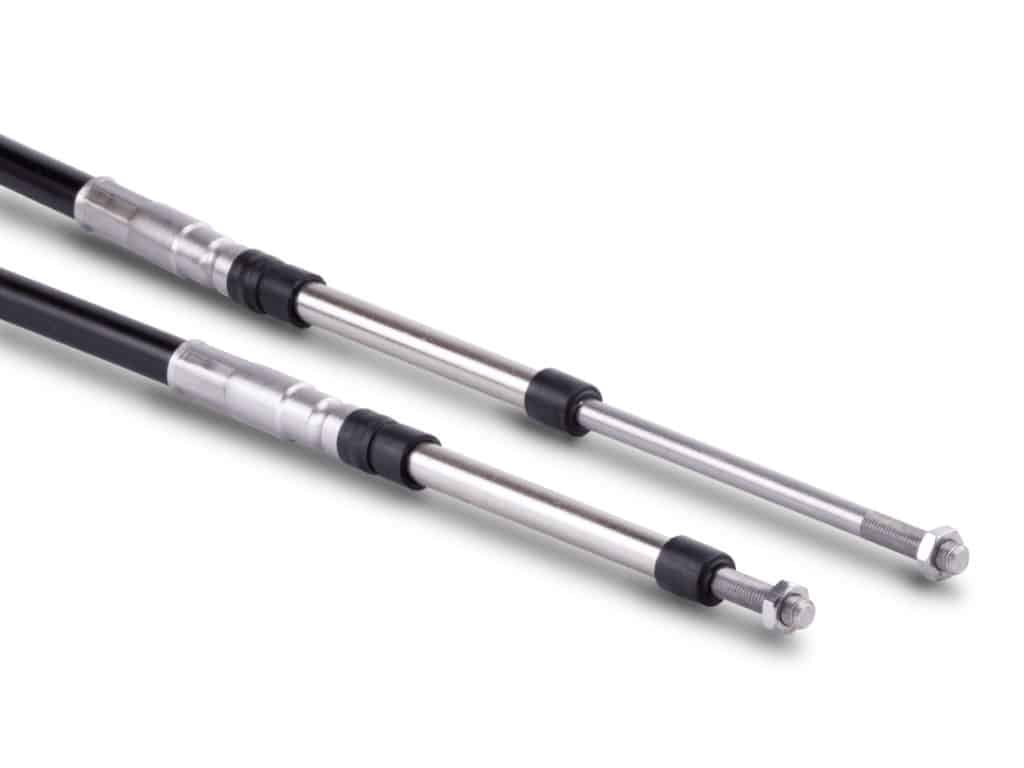
Correct Connectors
To ensure you have the proper cable connectors for your propulsion system, you can reuse the old connectors for the helm control, engine and transmission, assuming they are in good working condition, Wolfe says. Companies such as Dometic and Uflex—as well as the engine brands—offer the proper connectors if you choose to replace them.
In either case, wait until after the cables are routed before installing any connectors. This streamlines the cables and makes it easier to pull them through crowded rigging tubes and access ports.
Read Next: Installing an Outboard Rigging Tube
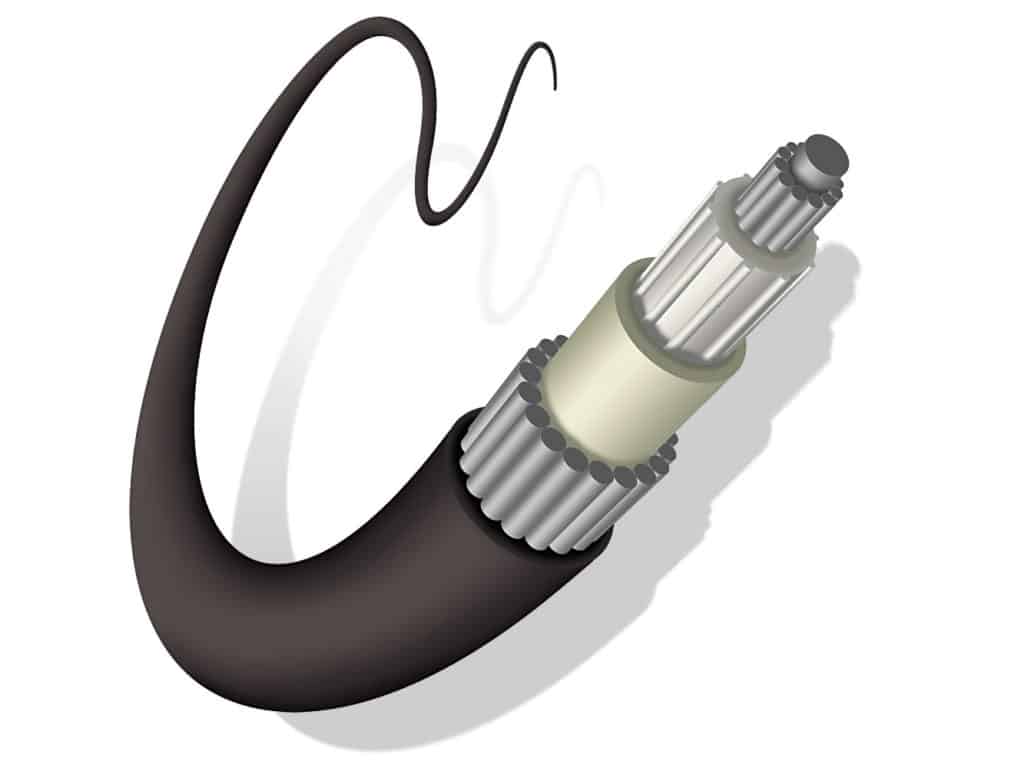
- A long-wearing HDPE liner stays lubed for life for smooth performance.
- Oil-tempered lay wires provide strength and smooth performance, and protect against the elements.
- A 0.34-inch protective HDPE outer jacket guards the Xtreme cables against chafing, salt and water intrusion.


